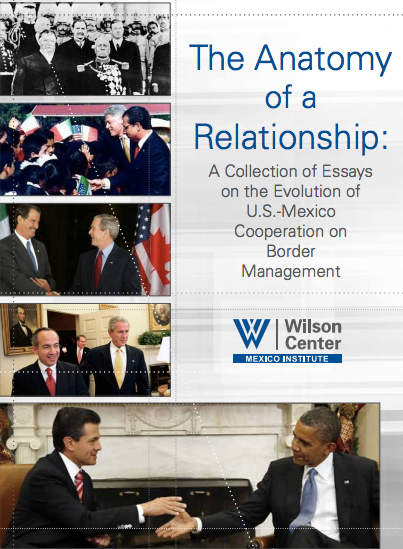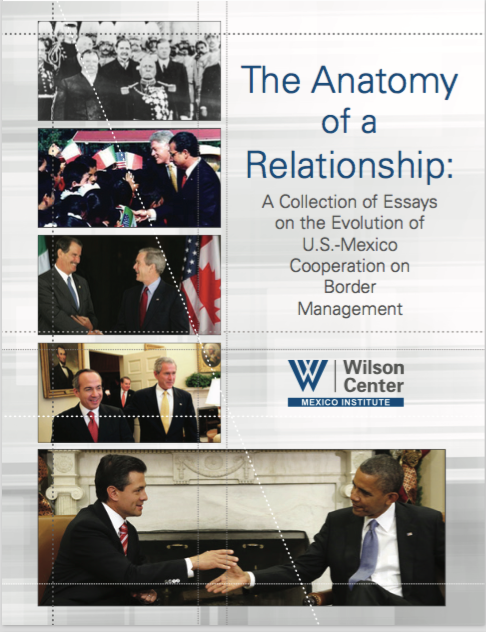Title: Secretary of State Hillary Rodham Clinton Congressional Testimony House Foreign Affairs Committee.
Date: 22 de abril, 2009
To download the full document click here
By: Agnes Gereben Schaefer, Benjamin Bahney, K. Jack Riley, RAND Corporation, 2009.
Summary: The security structure in Mexico is characterized by shifting responsibilities, duplication of services, and general instability, along with a lack of coordination among federal, state, and local security forces. The backdrop of a deteriorating security situation in Mexico and change in administration in the United States demands a closer examination of potential priorities and policy options to guide future U.S.-Mexico relations. U.S. aid to Mexico has typically focused on a narrow set of outputs — improved technology, training, and equipment to prevent drug trafficking. Despite these efforts, Mexico's security situation continues to deteriorate.
To download the full document click here
By: Joy Olson, Directora Ejecutiva del Washington Office on Latin America on the Merida Initiative.
Date: March 10, 2009.
Joy Olson, directora ejecutiva de la Oficina de Washington para América Latina (WOLA), rindió testimonio el pasado 10 de marzo sobre la Iniciativa Mérida ante el Subcomité de apropiaciones sobre el Departamento de Estado, operaciones en el Exterior y programas asociados de la Cámara de Representantes de Estados Unidos. En su testimonio Olson expresó tres formas en que Estados Unidos podría enfrentar el tráfico de drogas y la violencia: mayores esfuerzos en reducir la demanda de drogas en Estados Unidos, combate al flujo de armas y dinero ilícito hacia México y apoyo a las reformas institucionales en los sistemas judiciales y de policía en México.
To download the full document click here
Title: The Anatomy of a Relationship. A Collection of Essays on the Evolution of U.S.-Mexico Cooperation on Border Management
The conventional wisdom among those who study the border is that following the terrorist attacks of September 11, 2001, the United States unilaterally imposed significant additional security requirements on the management of the U.S.-Mexico border, and that the measures taken to meet these requirements have made the border more difficult to cross for not only illicit but also licit traffic, including the trade and travel that is the lifeblood of cross-border communities. There is a great deal of truth in this interpretation, but it largely portrays Mexico as a passive receptor of U.S. policy, which could not be further from the truth.
To download the full document click here

Full title: The Anatomy of a Relationship. A Collection of Essays on the Evolution of U.S.-Mexico Cooperation on Border Management
Source: Wilson Center
Date: June 2016
Abstract: The conventional wisdom among those who study the border is that following the terrorist attacks of September 11, 2001, the United States unilaterally imposed significant additional security requirements on the management of the U.S.-Mexico border, and that the measures taken to meet these requirements have made the border more difficult to cross for not only illicit but also licit traffic, including the trade and travel that is the lifeblood of cross-border communities. There is a great deal of truth in this interpretation, but it largely portrays Mexico as a passive receptor of U.S. policy, which could not be further from the truth. Rather, the increasing relevance of transnational non-state actors posing border and national security threats in the region—especially terrorist groups and organized crime networks—have demanded increased international cooperation to monitor and mitigate the threats. At the same time, the U.S. and Mexican economies have become ever more deeply integrated, causing significant growth in cross-border traffic and making the efficient management of the U.S.-Mexico border a first-order national interest for both countries.
To download the full document, click here.


